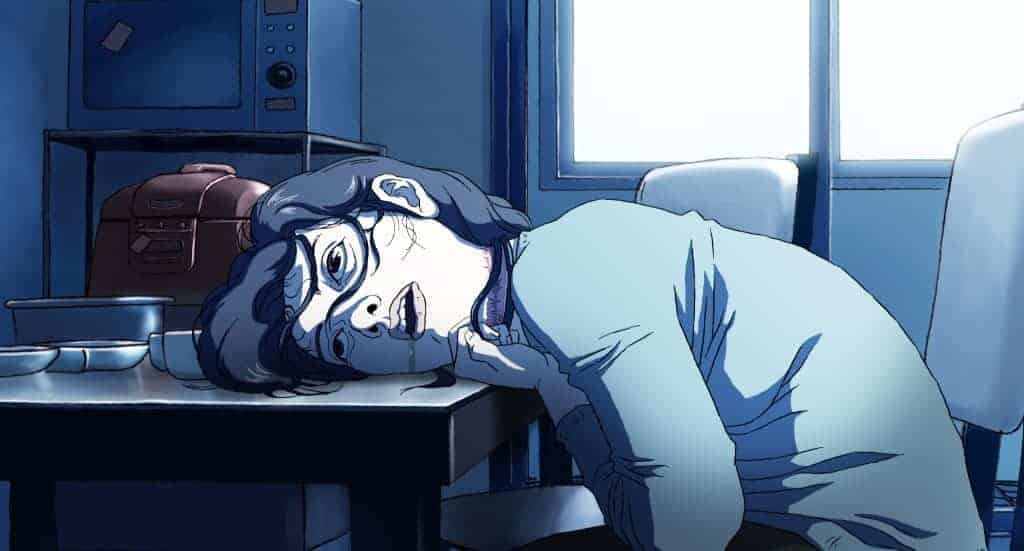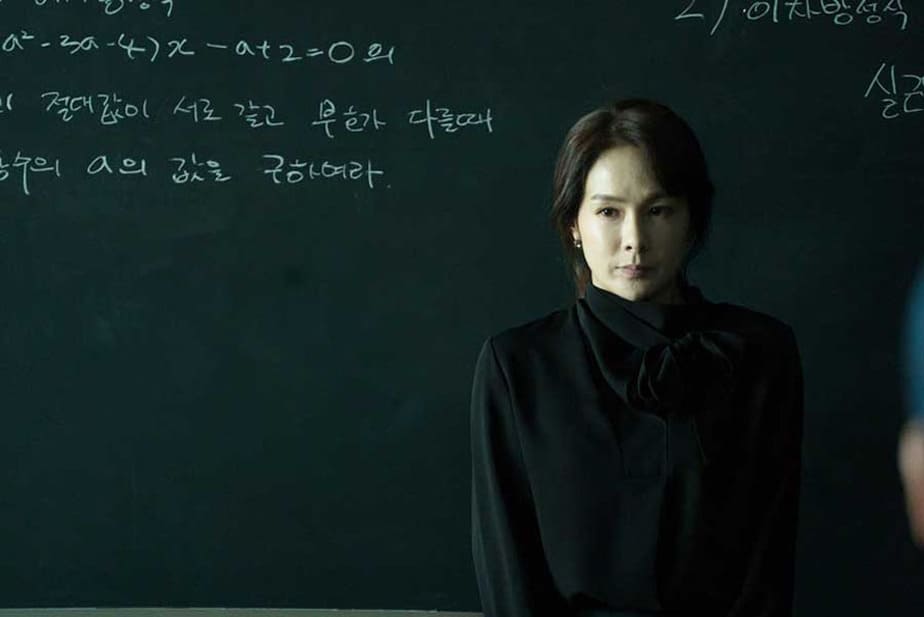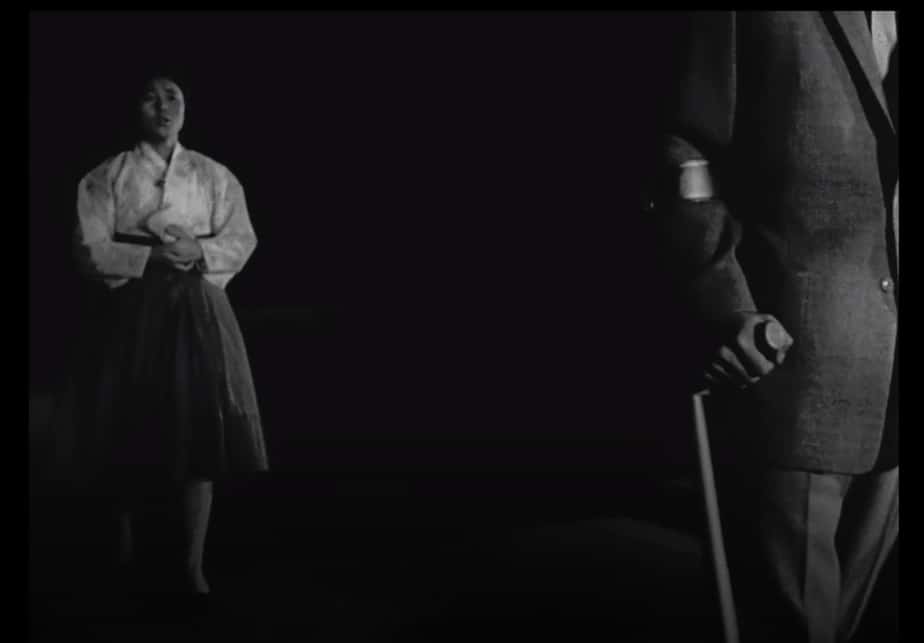Gakuryu Ishii, or Sogo as he was known during this production, is one of Japan's most exciting voices to come out of the ‘80s. His vibrant and manic punk aesthetic helped shape the counter-capitalist culture of artists that worked against the growingly homogeneous world of consumerism. The aggressive male teen angst portrayed in his work highlighted the disconnect between youth and Japan in a loud and bold form, but as the ‘90s approached, Ishii would move his style away from the formative films that helped define him. He would begin to create more nuanced works, pieces that reflected a different director and a different Japan, and one of those is the beautiful 1997 piece, “Labyrinth of Dreams”.
Buy This Title
Ishii thoroughly explored masculinity in his early career, but the '90s saw female protagonists taking center stage in his cinema. It acts as a refreshing change of perspective to such a male-centric body of work. “Labyrinth of Dreams” is his third feature film of the ‘90s to focus on a female protagonist. The movie is set in the early 20th century and presented in a dazzling black and white photography which is achieved amazingly by Norimichi Kasamatsu. The cinematography helps capture the nostalgic backdrop of the story that unfolds.
The narrative revolves around Tomiko (Rena Komine), a bus conductor that seems caught up in the mundane existence of the working world. She is placed with a new driver, Tatsuo (Tadanobu Asano) and everything begins to change. Tomiko begins to fall for Tatsuo even though she suspects him of being a serial killer. What unfolds is a tale of romance, with an ever-growing sense of dread. Ishii is able to create a mesmerizing picture that feels so beautiful yet so deadly. This creates an atmosphere of foreboding chaos where the story feels insignificant to the overwhelming sense of inevitable tragedy.
It really is an achievement piece, from the performances, to the direction, to the cinematography, to the editing (Kan Suzuki). It feels everyone helped create something they could be proud of here, and the end-product shows that. Ishii's ability to completely change his style while retaining a sense of originality is incredible. Not many directors can move away from their expected output with success. “Labyrinth of Dreams” portrays a world like nothing Ishii has shown before or since whilst still holding up as one of his most interesting films.
“Labyrinth of Dreams” is proof that Sogo is a filmmaker far beyond his punk typecasting. While his early kinetic style defined him and many of the filmmakers influenced by him, the ‘90s proved Ishii has a magic touch to whatever he creates. Beyond that, it is a unique piece of Japanese cinema that defies traditional narrative beats and genre traps.
















